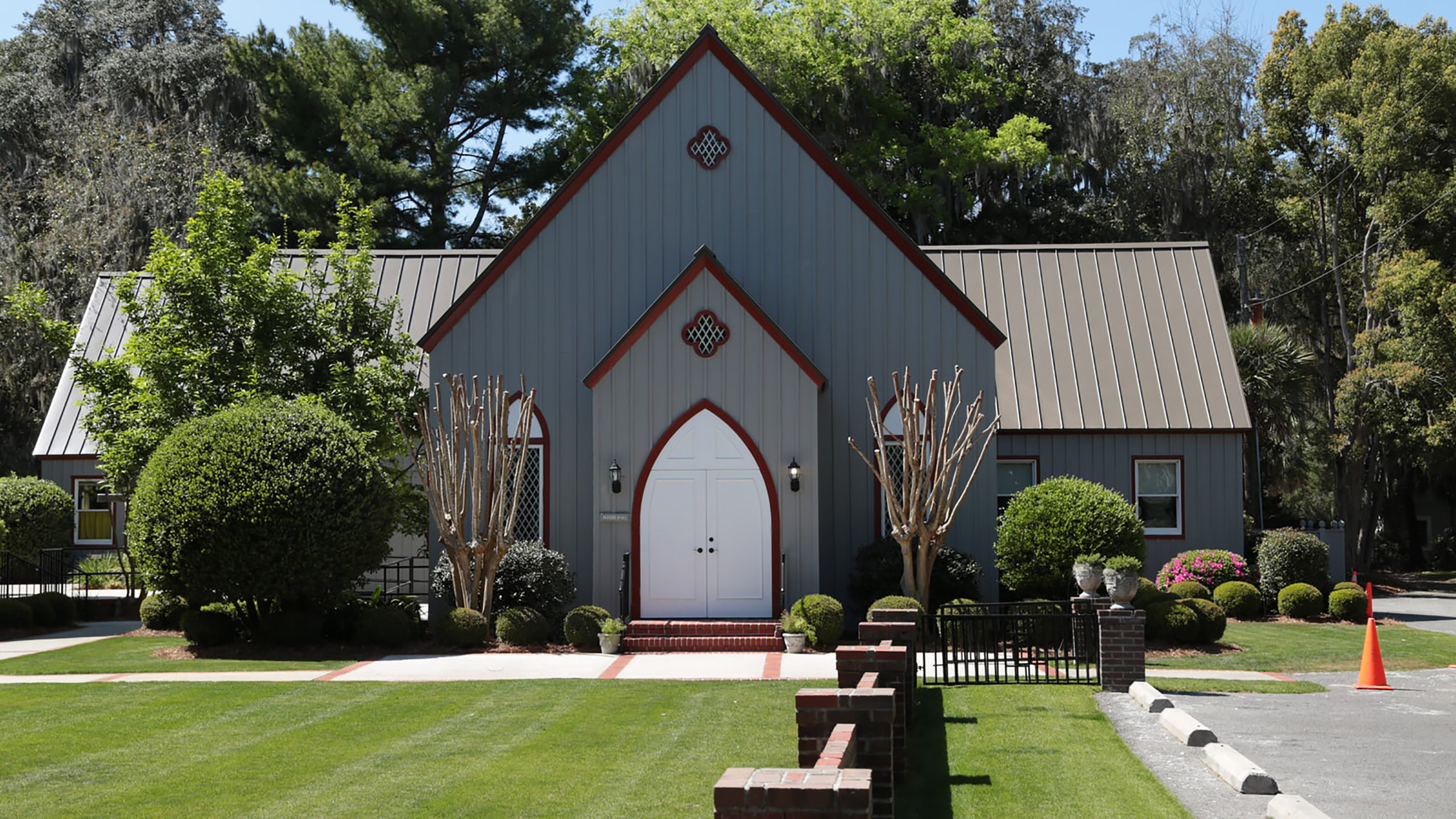Protests occur at worship centers across the country for a number of reasons. Hate groups, social activist organizations and others spread their message by staging events that provoke confrontation and attract media attention.
If demonstrators responding to the Supreme Court’s decision overturning Roe v. Wade were to appear on your doorstep this Sunday, would you know what to do?
Make it a nonevent
Your ultimate goal should be to give as little attention to demonstrators as possible.
- Avoid counter protests. Like a bellows, attention to demonstrators can fan hot coals into a full-blown fire.
- Don’t respond to protesters. Reduce the chances of a protest or demonstration growing into something more destructive.
- Protect your people. It’s also important not to ignore a demonstration. Concern for the safety and security of those attending your church requires you to deal with demonstrators appropriately.
Three steps
The following three action steps may help your ministry strike the proper balance of minimizing the protest’s effectiveness while also monitoring a potential threat.
Step 1: Call the police. This is the single most effective step your ministry can take to avert problems.
- Use their expertise. Law enforcement agencies are trained in tactics and strategies designed to cool hot situations, including protests, demonstrations and riots.
- Give them time to prepare. Get the police involved ahead of time if you can. With enough advance notice, local law enforcement can contact demonstration leaders beforehand to establish ground rules for the event. For example, police can require protesters to stay off church property or to demonstrate in a place where they won’t interfere with people or traffic.
- Minimize conflict. Only law enforcement officers possess the legal authority to deal with the most dangerous elements of a disruptive group. Laws in every state allow officers to arrest demonstrators for even the slightest assault on an officer, effectively removing potentially dangerous individuals from the demonstration. Allowing the police to deal with protesters outside your ministry allows you to focus on the people inside your ministry.
Step 2: Craft your message. After giving local law enforcement any information you have about a pending demonstration, the next step is to craft the message that your church wants to communicate before, during and after this event. Often media will cover a church protest.
- Express your mission. The message should convey your church’s identity and avoid engaging in a debate with the demonstrators. It may also describe briefly what steps the church is taking to ensure the safety of its members and guests.
- Maintain your focus. It’s important to communicate your own message rather than making comments about the demonstration or its organizers. Focusing comments on your ministry’s goals can help deflate protesters’ attempts to smear your reputation and decrease their opportunity to sue you for defamation. Even if you ultimately win a defamation suit, the media attention and cost of the legal proceedings could be far more damaging to the church than the demonstration itself.
Step 3: Coach the congregation. To prepare your church to be united in the face of protests, you’ll need to instruct members how to respond appropriately.
- Train staff and volunteers. Explain their specific roles and the procedures to follow in the event of a demonstration.
- Target key people. Parking lot attendants and security team members are the people most likely to have direct contact with demonstrators, so their training is critical. Security team members, ushers and greeters are those most likely to encounter disruptive individuals who make their way into your building, so they need to be equipped to handle this kind of disturbance, as well.
- Inform the general membership. It’s also important to coach the congregation as a whole. In a brief statement, you’ll want to remind members and regular guests of the church’s core identity, reassure them that church leaders are providing for their safety and ask them to avoid contact with demonstrators. Encourage them to follow additional instructions from police or security team members.
Be ready to respond
When picketers line the street across from your church, it can be difficult to understand how the same set of laws that give you freedom to worship also protect those who oppose your beliefs.
But they do, and courts have consistently protected the right of American citizens to express their opinion publicly even if the message is unpopular or offensive.
By understanding the pitfalls of confronting protesters, your ministry can be better equipped to respond when people with picket signs show up at your door. By refusing to give the demonstration air time, you can smother a potential fire and help turn a planned demonstration into a nonevent.
EDITOR’S NOTE — This story was originally published by Brotherhood Mutual.




Share with others: